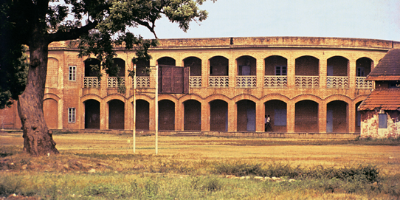feb 28, 1944 - Sargent Commision Report
Description:
Report of the Sargent Commission on Post-War Education Development in India:Sargent commission submitted its report in 1944 to the CABE. The committee not only evaluatedd the current Indian education scenario in detail but also put up a 40 year plan for the country. The report despite being exhaustive, invoked a stern criticism and ridicule from the Indian Intelligentsia. For many Indians 40 years for achieving primary education was too much a time. Instead they wanted a much shorter 15 year plan. The report’s major recommendations were accepted by the government of India including the establishment of University Grants Commission.
They planeed to invest 8 five year plans of time, Rs. 313 Crores (Rs. 227 crores from Public funds)
Few key aspects:
"Nursery schools in Urban areas: The main object of education at this stage is to give young children social experience. Pre- Primary education will require annually Rs. 3, 18,40,000 for ten lakhs pupils.
Basic and Primary education: Primary education should be universal, free and compulsory for the age-group 6 to 14. It will again be sub-divided into two stages – a) Junior Basic and (b) Senior Basic – (6 – 11) and (11 – 14). Education at this stage should be based on the principle of “learning through activity” and a basic craft or crafts suited to local needs and conditions. (The Board, however, are unable to endorse the view that education at any stage particularly in the lowest stages can or should be expected to pay for itself through the sale of articles produced by the pupils).
High school education (Age 11 – 17.)
Important function of the High Schools to pass on their most able pupils to Universities.
50 percent of the pupils will be provided with free-studentships or similar concessions and poverty shall not be allowed to be a bar to the education of a deserving child.
Inclusion of modern , classical and vernacular languages along with English.
Both literary and vocational education was encouraged
University education:
Only 10/15 percent of the successful candidates of entrance examinations will get the chance of admission in Universities.
No intermediate
Three years of degree course
Emphasis given on establishing a high standard in post-graduate studies and in pure and applied research.
Other key aspects: inclusion of skilled education, health education, entire 5year plan invested for teacher training, special education, employment bureaus etc."
REF: http://www.yourarticlelibrary.com/education/the-sargent-report-objects-criticism-and-defects-education/89644
Added to timeline:
Date:
feb 28, 1944
Now
~ 81 years ago
